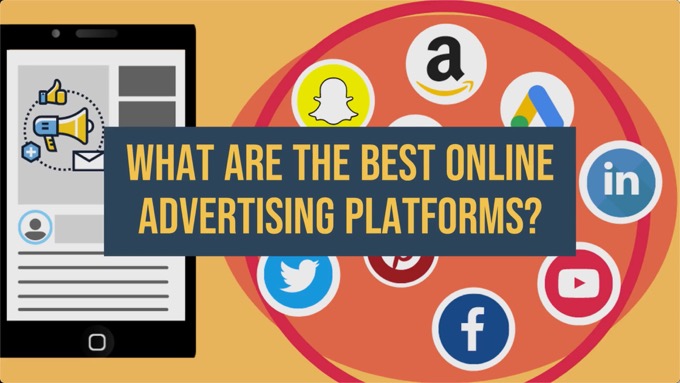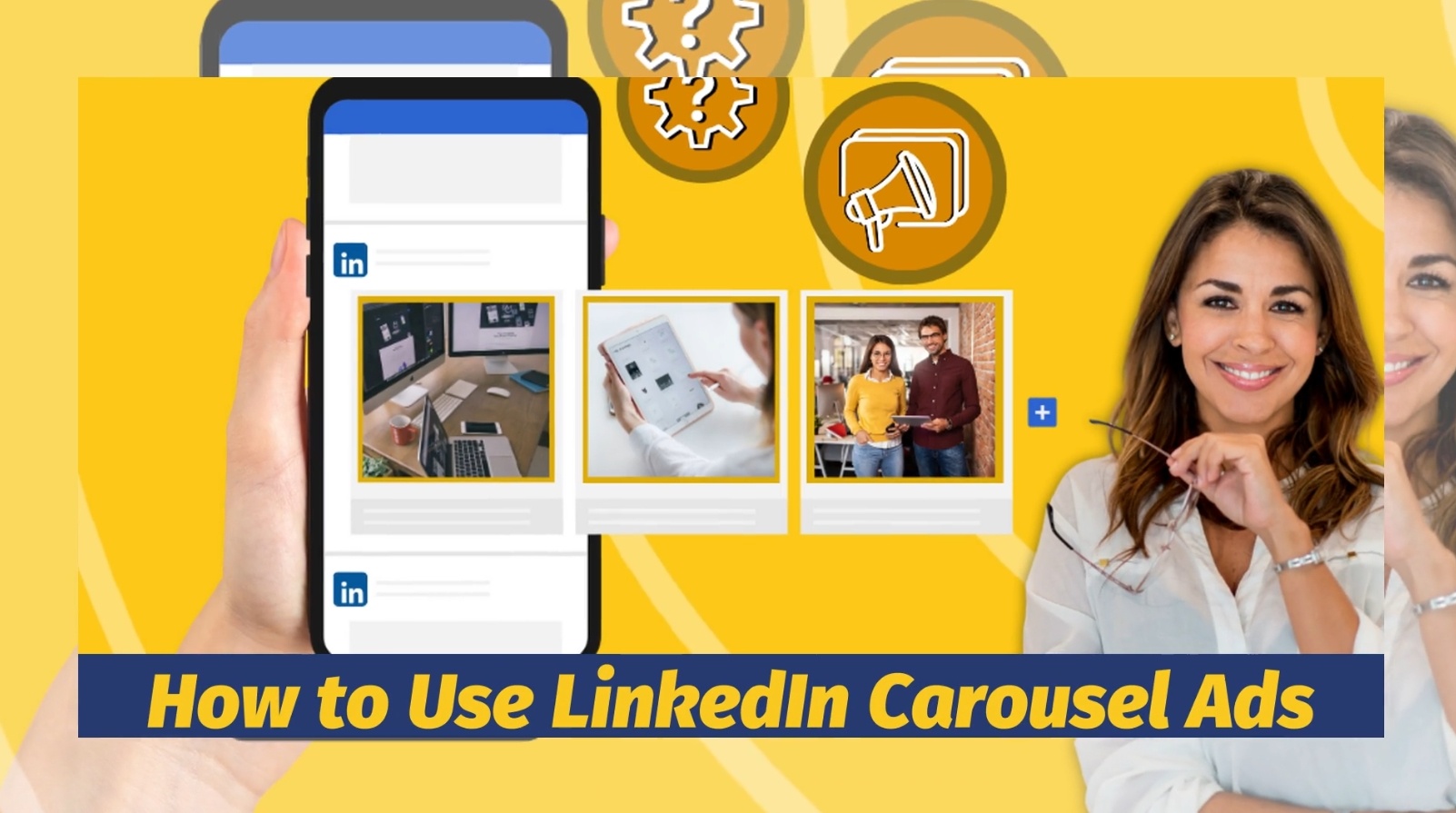Did you know that Pinterest users are 2.2 times more likely to say the platform helps them make purchasing decisions compared to other social media platforms? 🤔
This makes Pinterest an exceptional tool for visual advertising.
With over 500 million monthly active users, Pinterest provides a unique opportunity for businesses to connect with a highly engaged audience who are actively looking for inspiration and products... and often looking to buy something!
Pinterest Ads, known as Promoted Pins, seamlessly integrate with the platform, making them less obvious as advertisements, and more appealing to users.
Advertisers on Pinterest often see higher returns compared to ads run on other social platforms.
But to use Pinterest Ads effectively, it's essential to understand the best practices that can:
- Boost engagement
- Grow conversions
- Maximize your ROI!
In this post, we dive into effective strategies for maximizing your Pinterest Ads performance, including:
- Creating engaging content
- Targeting the right audience
- Optimizing for conversions.
Let’s get started by reminding ourselves what Pinterest actually is, and then take a look at the types of ads that are available...
What is Pinterest?
Pinterest is a visual discovery engine for finding ideas, recipes, home and style inspiration, and more. With millions of pins on thousands of topics, Pinterest connects users to a world of inspiration and ideas.
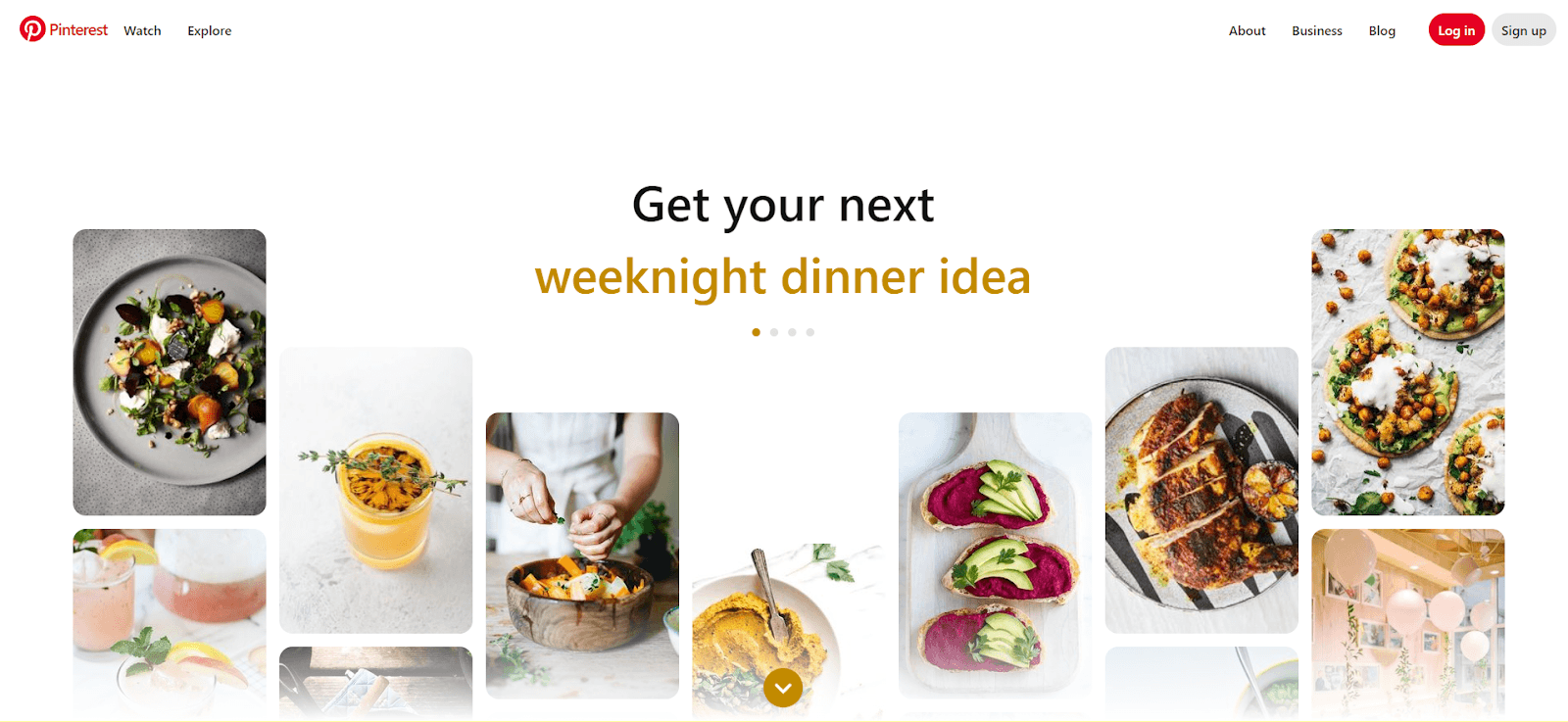
Unlike other social media platforms, Pinterest focuses on personal discovery and planning rather than updates from friends or news.
Pinterest users are 2.2 times more likely to say the platform helps them make purchasing decisions compared to other social media platformsClick To Post OnUnderstanding Pinterest Ads
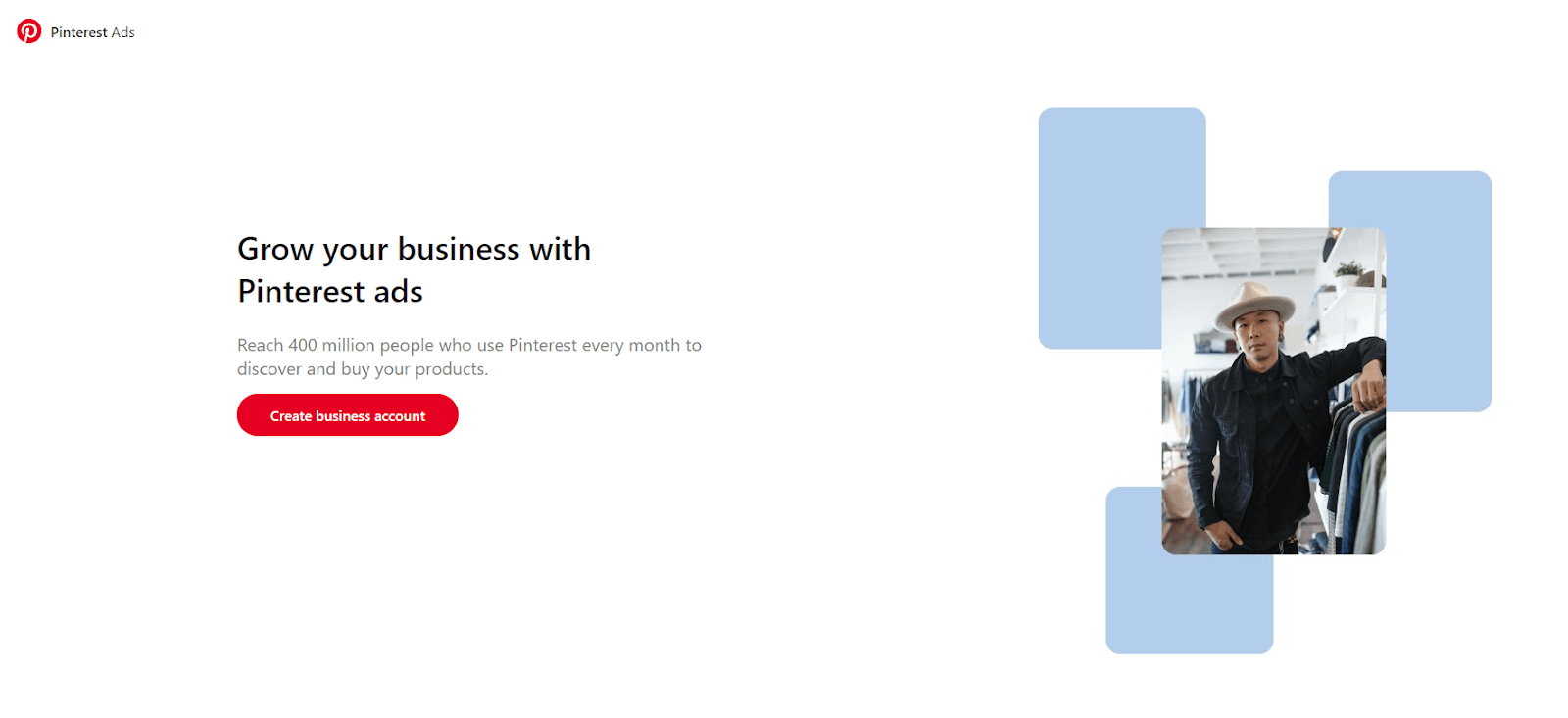
Types of Pinterest Ads
Pinterest offers a variety of ad formats, each tailored to help businesses achieve specific marketing goals.
Understanding these formats will help you choose the best one for your campaign:
Promoted Pins
These are standard pins that you can pay to promote.
They appear in users' home feeds, category feeds, and search results, blending seamlessly with organic content.
This format is excellent for driving traffic and increasing brand visibility.
Promoted Pins seamlessly integrate with user experiences, enhancing brand visibility without being intrusiveClick To Post OnVideo Pins
Video Pins feature dynamic content that auto-plays in users' feeds.
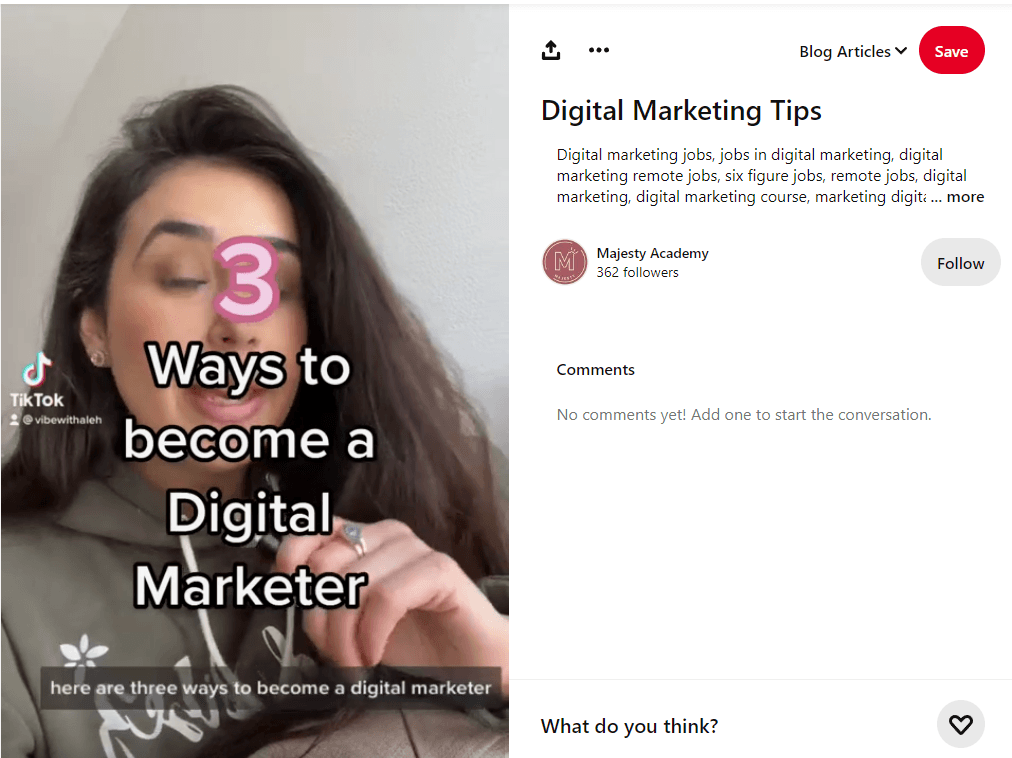
They are more engaging than static images, making them ideal for product demonstrations, tutorials, and storytelling.
This format helps capture users' attention and encourages them to interact with your brand.
Carousel Ads
Carousel Ads allow you to feature multiple images in a single ad that users can swipe through.
This format is perfect for showcasing different products, highlighting various features of a single product, or telling a detailed brand story.
Carousel Ads are effective in keeping users engaged longer and providing more information in a visually appealing way.
Shopping Ads
These ads link directly to your product pages, streamlining the purchase process.
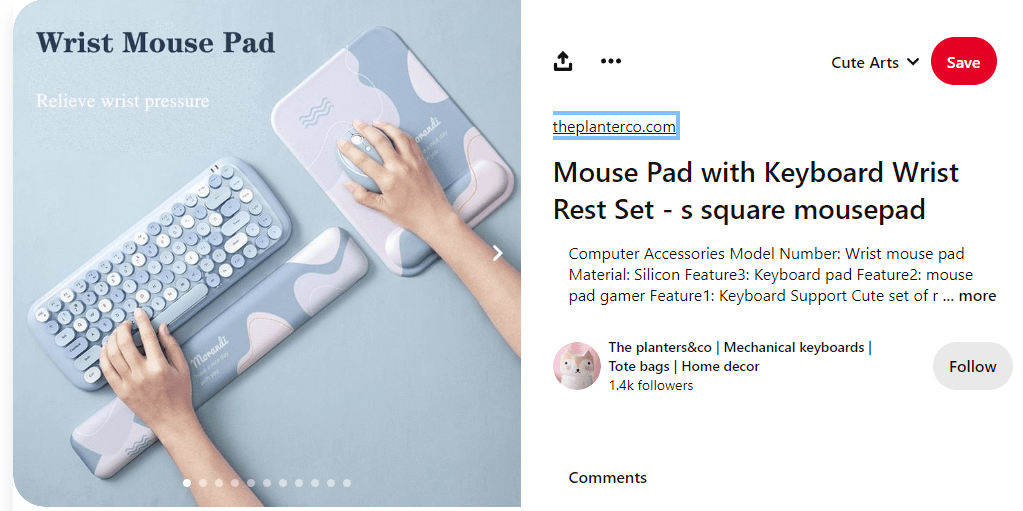
Shopping Ads typically feature product images, prices, and direct links, making it easy for users to make immediate purchasing decisions.
This format is particularly effective for e-commerce businesses looking to drive sales.
Collection Ads
This format includes a hero image or video followed by smaller secondary images.
When users click on a Collection Ad, they can view a full-screen experience, similar to a catalog.
Collection Ads are great for displaying a range of products and offering an immersive shopping experience.
Advantages of Advertising on Pinterest
Pinterest stands out as a powerful platform for advertisers due to several unique advantages…
Highly Engaged Audience
Pinterest users are typically in a discovery mindset, actively seeking inspiration and ideas for their next purchase.
This high level of engagement means users are more receptive to ads, increasing the likelihood of interaction and conversion.
Visually Driven Content
As a visually-driven platform, Pinterest allows brands to showcase their products through high-quality images and videos.
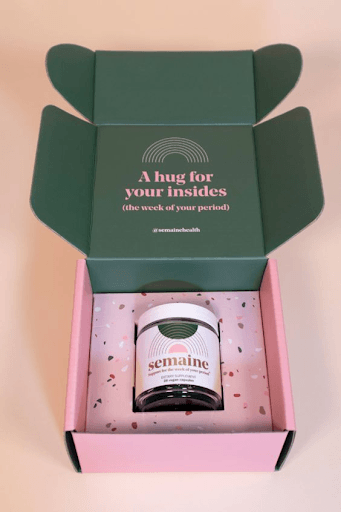
This visual focus helps capture attention and create an emotional connection with users, enhancing the impact of your ads.
Long Lifespan of Pins
Unlike other social media platforms where content quickly becomes outdated, pins on Pinterest can continue to drive traffic and engagement for months or even years.
This long lifespan provides sustained value and a higher return on investment (ROI) for your ads.
Video Pins auto-play in feeds, making them ideal for product demonstrations and storytelling to capture user attentionClick To Post OnHow Pinterest Fits into Your Marketing Strategy
Integrating Pinterest into your broader digital marketing strategy can amplify your efforts across multiple channels…
Driving Traffic
- Pinterest excels at driving referral traffic, sending 33% more referral traffic than Facebook.
Each pin acts as a direct link to your website, increasing the number of visitors and potential customers.
The platform's visual search tool, Pinterest Lens, further enhances this by helping users discover products through images.
Increasing Brand Visibility
Regularly posting and promoting pins keeps your brand visible to potential customers.
Since pins have a longer lifespan, they continue to attract attention and engagement long after being posted.
This consistent visibility helps build brand recognition and trust.

Boosting Conversions
Pinterest simplifies the path from discovery to purchase, especially with Shopping Ads.
Users can see a product and buy it directly from the platform, reducing the steps needed to complete a purchase and increasing your conversion rates.
Complementing Other Marketing Channels
Pinterest can enhance your efforts in social media, SEO, and content marketing.
It supports your backlinks, in turn driving more traffic your way and improving your search engine rankings.
Additionally, the platform's unique user base can help you reach audiences that may not be as active on other social networks.
By understanding the different types of Pinterest Ads and leveraging the platform's unique advantages, you can create a comprehensive marketing strategy that drives engagement, increases brand visibility, and boosts conversions.
Creating Engaging Content for Pinterest Ads
Visual Design Tips
Creating visually appealing content is crucial for catching the eye on Pinterest.
Here are some key tips to ensure your pins stand out:
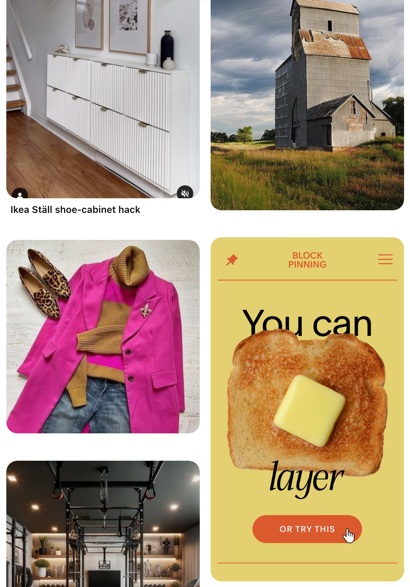
Copywriting for Pinterest
Compelling copy is essential to complement your visual content and encourage users to take action.
Here’s how to craft effective descriptions and calls to action:
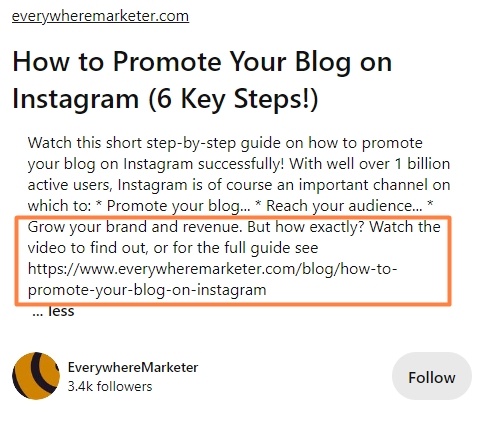
Branding Consistency
Maintaining brand consistency across all your Pinterest ads is vital for building recognition and trust.
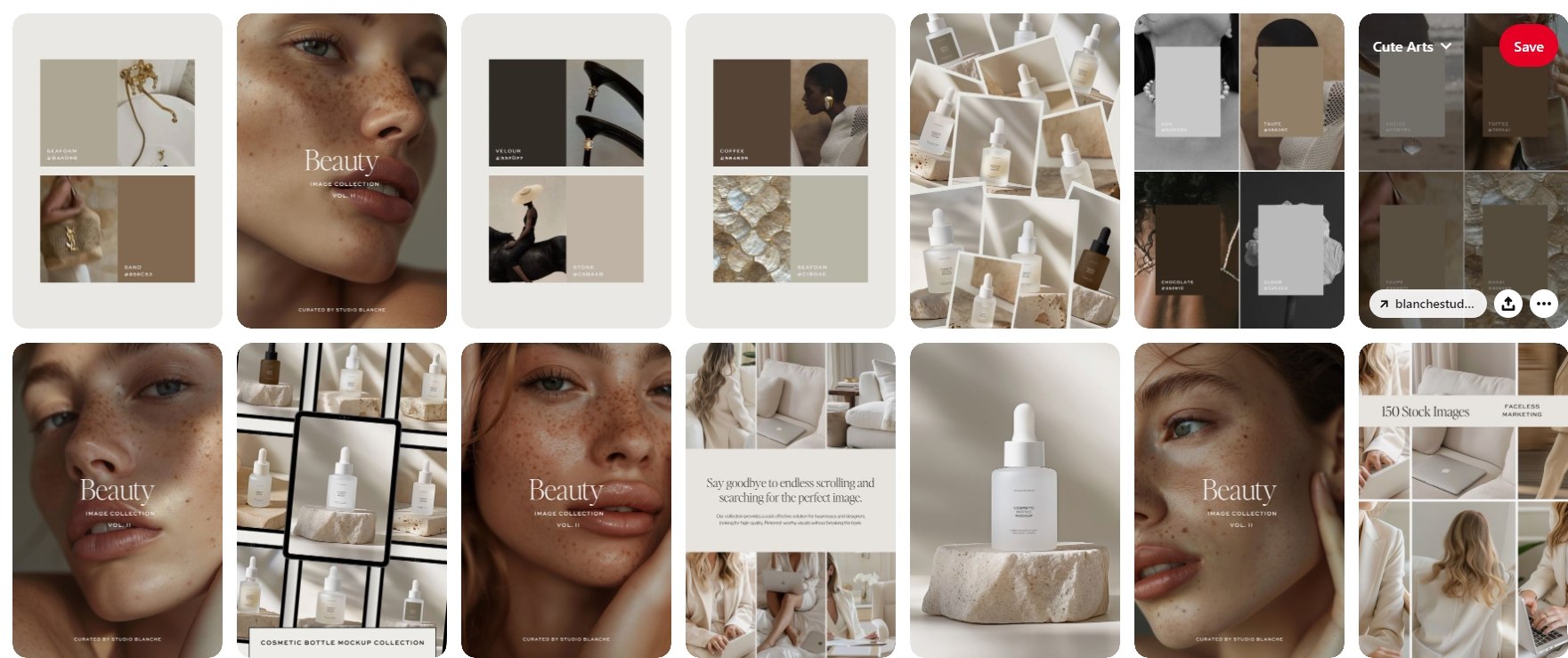
Here’s how to ensure your branding is cohesive:
- Develop a style guide—create a comprehensive style guide that outlines your brand’s visual elements, such as color schemes, fonts, and logo usage. This guide will help maintain uniformity across all your pins.
- Use templates—design templates for your pins to ensure a consistent look and feel. This can save time and ensure that all your content aligns with your brand’s identity.
- Reinforce your brand message—every pin should reflect your brand’s voice and values. Whether through visuals or copy, ensure your brand message is clear and consistent.
By following these best practices for creating engaging content on Pinterest, you can capture your audience’s attention, drive higher engagement, and ultimately boost your conversions.
Use high-quality visuals, compelling copy, and consistent branding to make your Pinterest ads stand out and resonate with your target audience.
Targeting and Reaching the Right Audience
Audience Targeting Options
Pinterest offers robust targeting options to help you reach your ideal audience effectively.
Here are some of the key targeting features:

Utilizing Keywords
Effective keyword usage is crucial for increasing the visibility and relevance of your Pinterest ads.
Here’s how to make the most of keywords:
- Research relevant keywords—start by researching keywords that are relevant to your products or services. Think about the terms your target audience might use when searching for inspiration or products on Pinterest.
- Include keywords in descriptions—incorporate these keywords naturally into your pin descriptions and titles. Avoid keyword stuffing; instead, focus on creating clear and compelling descriptions that make sense to the user.
- Use hashtags—adding hashtags to your pin descriptions can also help improve visibility in search results. Use relevant and popular hashtags to increase the chances of your pins being discovered.
Retargeting Strategies
Retargeting is a powerful strategy to capture the interest of users who have previously interacted with your content but haven’t converted yet.
Here’s how to implement effective retargeting on Pinterest:
By leveraging these targeting options, utilizing relevant keywords, and implementing strategic retargeting, you can effectively reach and engage your ideal audience on Pinterest.
This targeted approach not only enhances the relevance of your ads but also increases the likelihood of driving conversions and achieving your marketing goals.
Optimizing Pinterest Ads for Higher Engagement and Conversions
A/B Testing
A/B testing is a crucial strategy for refining your Pinterest ads to achieve higher engagement and conversions.
By comparing different versions of your ads, you can identify which elements resonate best with your audience.
Here’s how to conduct effective A/B testing:
Analytics and Performance Metrics
Monitoring and analyzing performance metrics is essential for understanding how your Pinterest ads are performing and where there is room for improvement.
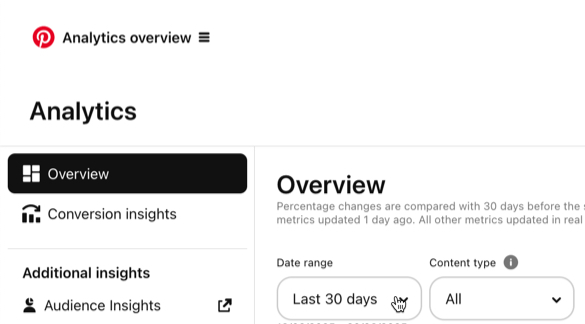
Key metrics to focus on include:
- Click-Through Rate (CTR)—this metric indicates how many people clicked on your ad after seeing it. A high CTR suggests that your ad is compelling and relevant to your audience.
- Engagement rate—this measures how users interact with your ad, including saves, clicks, and close-ups. High engagement rates indicate that your content is resonating well with your audience.
- Conversion rate—this shows the percentage of users who take a desired action after clicking on your ad, such as making a purchase or signing up for a newsletter. Tracking conversion rates helps you assess the effectiveness of your ad in driving sales or leads.
- Cost Per Click (CPC) and Cost Per Conversion—these metrics help you understand the cost-effectiveness of your ads. By monitoring these, you can ensure that you are getting a good return on investment (ROI).
Optimization Techniques
Using the data gathered from your analytics, you can employ several techniques to optimize your Pinterest ads for higher engagement and conversions:

By consistently monitoring your ad performance and making data-driven optimizations, you can significantly enhance the effectiveness of your Pinterest ads.
This will lead to higher engagement, increased conversions, and ultimately, a better return on investment for your marketing efforts.
Best Practices for Pinterest Ads
Seasonal and Thematic Content
Aligning your ads with seasonal events or current trends can significantly enhance their relevance and engagement.
Here’s how to effectively incorporate seasonal and thematic content into your Pinterest ads:
User-Generated Content (UGC)
Incorporating user-generated content (UGC) into your Pinterest ads can enhance authenticity and engagement.

Here’s how to leverage UGC effectively:
- Encourage customer participation—invite your customers to share photos of themselves using your products. You can run contests or campaigns that encourage them to tag your brand or use a specific hashtag.
- Feature real experiences—showcase real customer reviews, testimonials, and images in your ads. This not only builds trust but also makes your ads more relatable and credible.
- Reward participation—offer incentives such as discounts or special offers to customers who share their content. This can boost participation and provide you with more UGC to use in your ads.
Compliance and Guidelines
Adhering to Pinterest’s advertising policies is crucial to ensure your ads are approved and perform well. Here are some key compliance tips:
- Understand Pinterest’s ad policies—familiarize yourself with Pinterest’s advertising guidelines to ensure your ads comply with their standards. This includes restrictions on content related to certain products, services, and claims.
- Avoid misleading information—ensure that your ads are truthful and do not make exaggerated claims. Misleading information can result in your ads being disapproved or penalized.
- Follow creative best practices—use high-quality images and videos, maintain a professional tone, and ensure your content is visually appealing. Pinterest favors ads that provide a good user experience.
By following these best practices, you can create Pinterest ads that are not only compliant but also highly effective in engaging your audience and driving conversions.
Embrace seasonal and thematic content to stay relevant, leverage user-generated content to build trust, and always adhere to Pinterest’s guidelines to ensure your ads perform at their best.
Frequently Asked Questions
How can I effectively use Pinterest Ads?
To use Pinterest Ads effectively, focus on creating engaging content, targeting the right audience, and optimizing for conversions.
What are the types of Pinterest ads available?
Pinterest offers Promoted Pins, Video Pins, Carousel Ads, Shopping Ads, and Collection Ads to help achieve various marketing goals.
How can I optimize my Pinterest ads for higher engagement?
Optimize your Pinterest ads by conducting A/B testing, monitoring performance metrics, refining targeting, and utilizing Rich Pins for enhanced engagement.
Why should I incorporate seasonal content into my Pinterest ads?
Incorporating seasonal content enhances relevance, engagement, and user interest, aligning your ads with current trends and events.
What is the benefit of using user-generated content in Pinterest ads?
User-generated content adds authenticity, credibility, and engagement to your Pinterest ads, fostering trust and relatability.
To Conclude
Creating effective Pinterest Ads involves high-quality visuals, strategic targeting, and continuous optimization.
By understanding different ad formats, crafting engaging content, and utilizing targeting options, you can significantly enhance engagement and conversions.
Experiment with various strategies to find what works best for your brand. Start planning your Pinterest ad campaign today and leverage these best practices to boost your marketing efforts.








